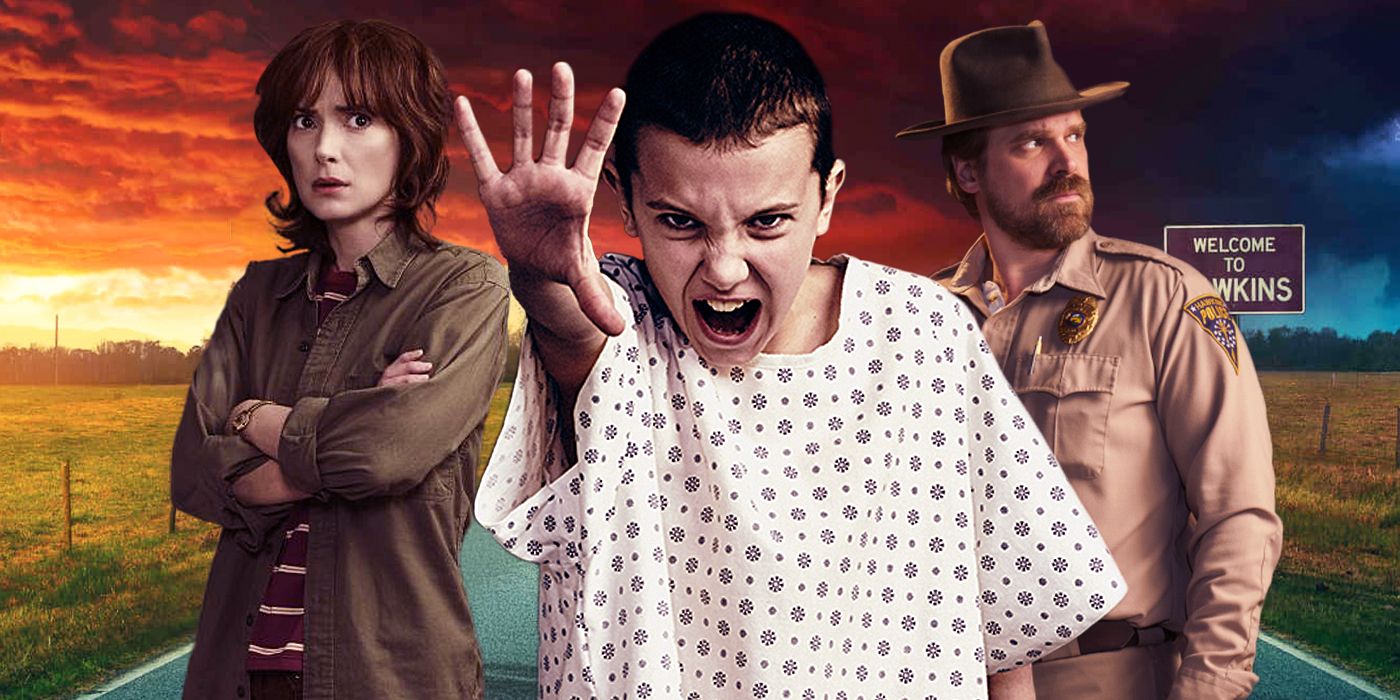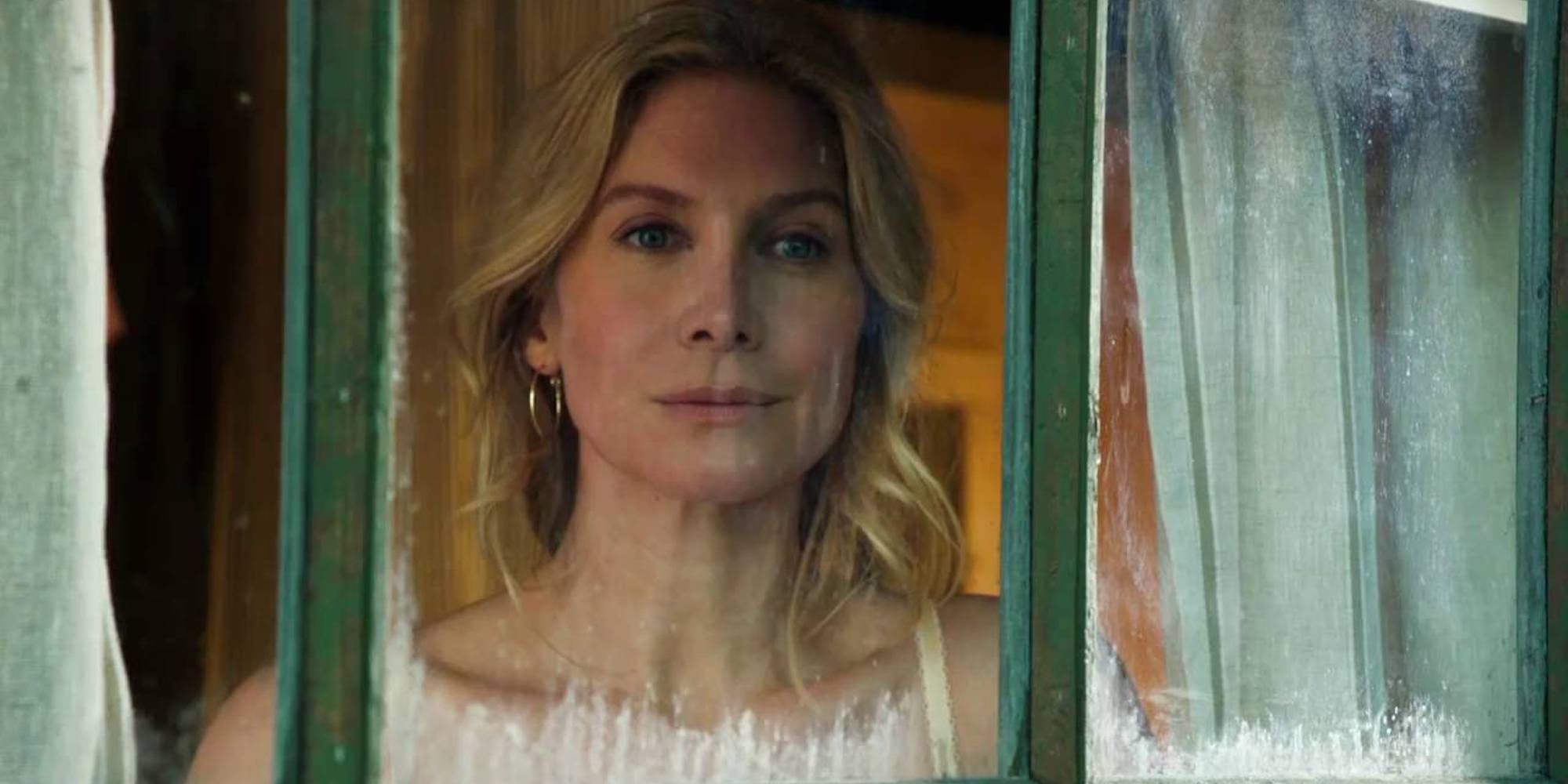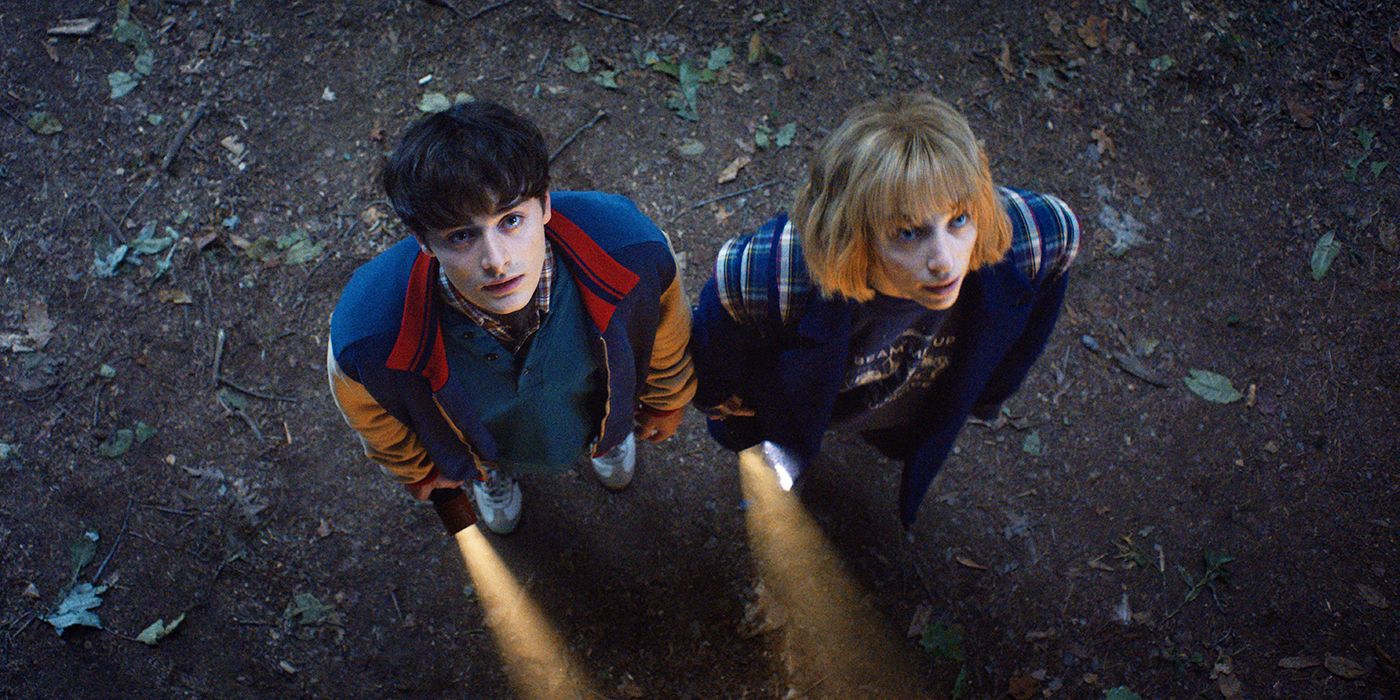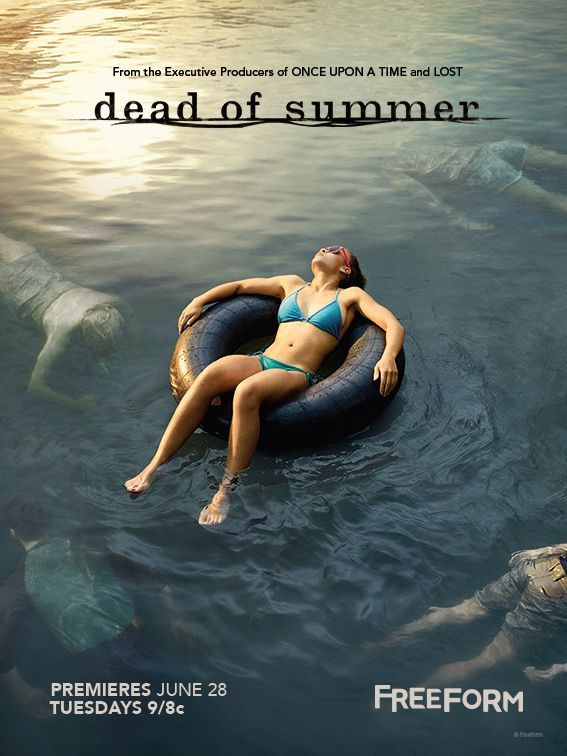[ad_1]
It’s been a long time coming, but with the arrival of the first teaser, the final season of Stranger Things is on its way! Debuting on Netflix in July 2016, the horror/sci-fi epic was an immediate smash hit, spawning a worldwide fandom, attractions, and even a Broadway play. The success of the show is completely earned. It boasts an impressive cast, well-written mythology, and a healthy helping of 1980s nostalgia. However, as the years have gone on, the latter element has often been the subject of discussion. Sure, the series being set in the 1980s has allowed it to have an iconic look, and some fantastic references to pop culture of the time, but the show has often viewed the era through a rose-tinted lens, when it could easily lean into the decade’s darker side.
However, for those looking for a better attempt at period horror, there’s Freeform’s Dead of Summer. Initially intended to be an anthology, the series, unfortunately, only lasted a single season, but that doesn’t mean the show isn’t without some fantastic attributes. From its more genre-appropriate references to its intense storyline, Dead of Summer takes on nostalgic horror in all its bloody glory! So, let’s look back on the show, what it accomplished, and how it surpassed the Netflix smash in both reminiscence and terror.
‘Dead of Summer’ Was an Ambitious Series
It’s safe to say that Dead of Summer was an ambitious show. The brainchild of Edward Kitsis and Adam Horowitz, the brilliant creators of Once Upon a Time and two of Lost’s most prolific staff writers, along with their Once Upon a Time co-writer and The Nun II scribe Ian Goldberg, the series was always going to be a massive undertaking. It tells the story of Amy (Elizabeth Lail), a shy young woman with a devastating backstory, who comes to Camp Stillwater looking for a fresh start. Right away, the show feels as though it is set to pay homage to Friday the 13th, complete with a randy group of camp counselors (which includes a pre-9-1-1: Lone Star Ronen Rubenstein in a beautifully nuanced role) and an impending sense of danger. But the show quickly makes it clear that it has no interest in sticking to stereotypes or one genre, for that matter.
Related
Like Stranger Things, the show is dripping with dark supernatural elements. In fact, Dead of Summer is filled with enough satanic and demonic mythology to put a Demogorgon to shame. Add to it the fact that the show was a period piece, and this show was certainly a risk. However, it managed to create a show that brilliantly balanced its storytelling elements with an experience that is both nostalgic and effective.
‘Dead of Summer’ Effectively Used Its Time Period to Convey Effective Horror
While it’s always fun to see Stranger Things reference its time period, it never quite feels accurate. The series often sticks to a John Hughes-esque execution, but Dead of Summer explores the decade for all its worth. The pilot episode is deliberately modeled after Heathers, which offers a similar sense of nostalgia but raises the stakes, due to the show emulating a more violent film. Additionally, the show embraces many real-life events to make its horror more effective. Though Stranger Things references the satanic panic of the period, it’s more of an occasional plot device. But for Dead of Summer, it is a driving force. It adds a legitimacy to the horror, and makes even the most grand events feel frighteningly real in a sense. While Stranger Things boasts a vast and incredible world, its horror elements rarely ever elicit true terror. And, speaking of terror, Dead of Summer is brimming with it.
‘Dead of Summer’ Feels Legitimately Dangerous Compared to the Low Stakes of ‘Stranger Things’
As Stranger Things heads into its final season, it’s safe to say we’re worried about many of our favorite characters. However, the show’s stakes haven’t always been as high as they can be considering the various dangers the characters have faced. Of course, we still grieve Barb (Shannon Purser) and Eddie (Joseph Quinn), but the body count has been low for a horror series, particularly one set in the 1980s. Using the period’s fascination with the occult to its advantage, there are a massive number of casualties on the show. While we won’t spoil who does and doesn’t survive the summer, a surprising number of the main cast of characters become victims of the demonic slasher. Indeed, no one is safe, even those who are aware of the true nature of Camp Stillwater. What really takes the antics to the next level is that these kids are truly cut off from the outside world throughout the horror, offering a real return to the period horror classics by which the series was inspired. The mix of gruesome violence and intense supernatural elements creates a true sense of unpredictability in every episode, which ultimately leads to a final hour that even the most jaded of horror fans are unlikely to see coming.
We would never deny that Stranger Things has more than earned its icon status. For many, it’s more than a TV show, but something that continues to influence their daily lives. All things considered, however, Dead of Summer mastered the horror genre in ways the Netflix giant hasn’t. From its exploration of the dangers of the time to pop culture references that more accurately reflect the genre while also raising the show’s stakes, this ambitious adventure is the perfect watch for fans of the Upside Down this summer. While it’s a shame we didn’t get to return to Camp Stillwater for a new horrifying adventure, Dead of Summer will keep you on the edge of your seat and fill you with the right amount of nostalgia.
Dead of Summer is available to rent or purchase on Apple TV in the U.S.
[ad_2]






